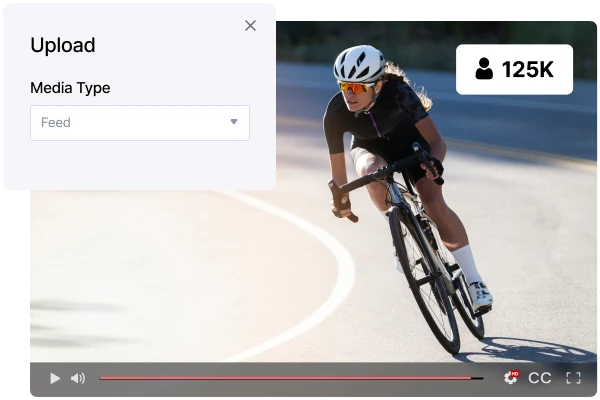Live feed ingestion is the process of capturing a live video feed and encoding it into a digital format that can be delivered to viewers over the internet. In other words, it is the process of bringing a live video feed into a streaming platform or software for distribution to an online audience.
RTMP (Real-Time Messaging Protocol) and HLS (HTTP Live Streaming) are two different streaming protocols used for delivering live video content. RTMP is a streaming protocol that is widely used for live video delivery over the internet. HLS, on the other hand, is a protocol that uses HTTP (Hypertext Transfer Protocol) to deliver live video streams. The main difference between the two is that RTMP is a proprietary protocol, while HLS is an open standard.
No ingest stream means that there is no live video feed currently being delivered to a streaming platform or software for distribution to an online audience. In other words, it means that there is no source video stream available to deliver to viewers in real-time.
There are several benefits of ingesting live feed, including:
• Real-time delivery of live video content to an online audience
• Ability to reach a larger audience, including viewers who are unable to attend events in person
• Cost-effectiveness compared to traditional broadcasting methods
• Increased engagement with viewers through live chat and other interactive features
• Ability to monetize live video content through advertising or pay-per-view models.
A live stream involves real-time transmission of content over the internet, while a live broadcast refers to the scheduled airing of live content on a specific channel. Muvi Playout empowers you to seamlessly manage both live streams and live broadcasts for your online TV and Radio channel.








